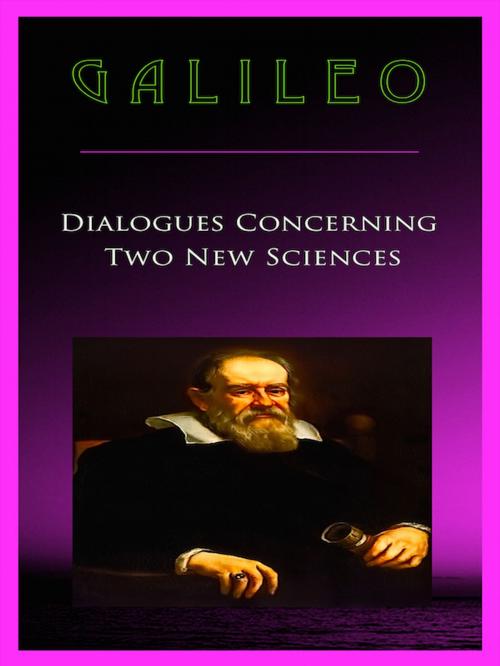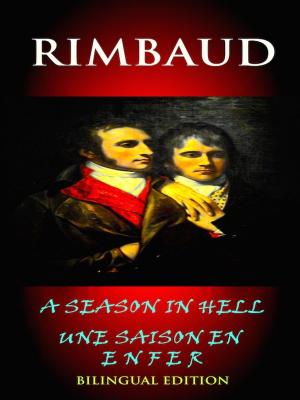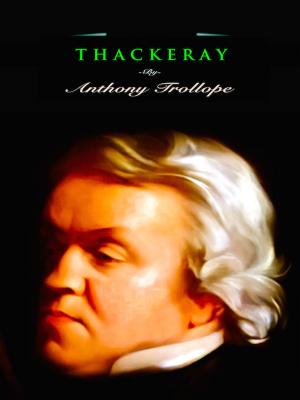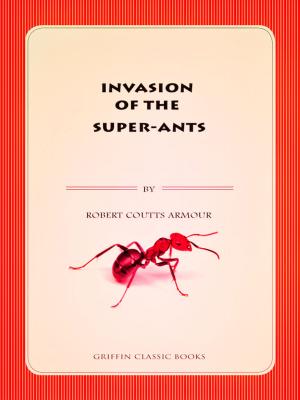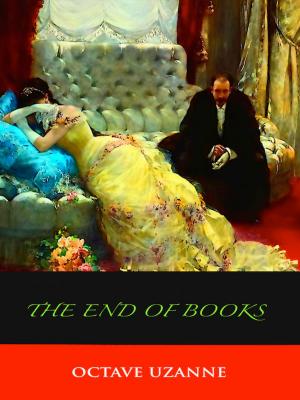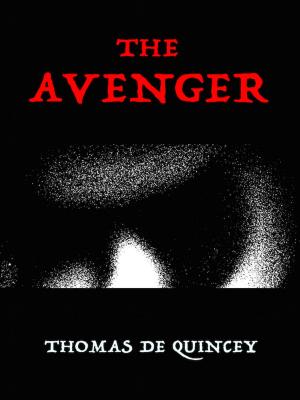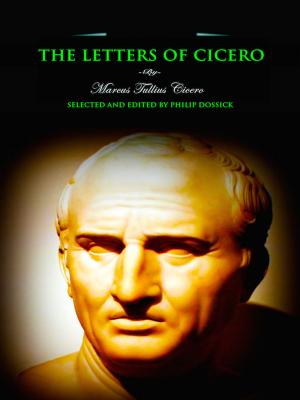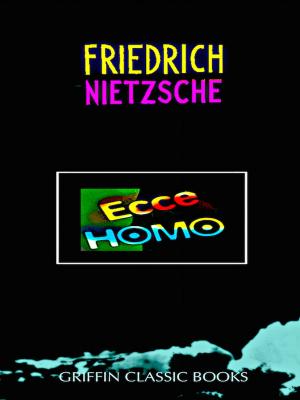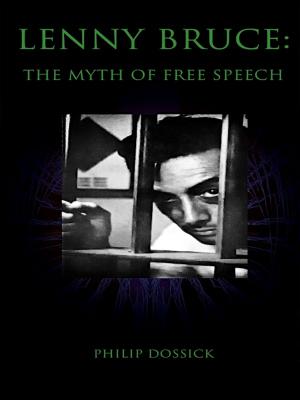| Author: | Galileo Galilei | ISBN: | 1230001990355 |
| Publisher: | Editions Artisan Devereaux LLC | Publication: | November 5, 2017 |
| Imprint: | Language: | English |
| Author: | Galileo Galilei |
| ISBN: | 1230001990355 |
| Publisher: | Editions Artisan Devereaux LLC |
| Publication: | November 5, 2017 |
| Imprint: | |
| Language: | English |
Galileo’s Dialogues Concerning Two New Sciences is one of the greatest works in western science. Written by Galileo in the last years of his life, (while under house arrest by the Inquisition for suspected heresy), the book had to be published abroad and eventually led to Galileo's censure.
Written as a discussion between a master and two students, it sets forth a series of experiments and summarizes the conclusions Galileo drew in a brisk, direct style.
This is Galileo's final work, and the most mature explication of his scientific philosophies. Presented as a dialogue among three imaginary men who represent Galileo himself at different stages of his thought processes, it explores the two sciences Galileo pioneered: engineering, and the laws of motion, the latter of which anticipates Isaac Newton by half a century.
In presenting his findings, Galileo formulates a methodology for rigorous experimental study of natural phenomena that is the foundation for modern experimental science.
Galileo discusses aspects of fracture of solid bodies, cohesion, leverage, the speed of light, sound, pendulums, falling bodies, projectiles, uniform motion, accelerated motion, and the strength of wires, rods and beams under different loadings and placements.
GALILEO GALILEI (1564 –1642) born in Italy was a central figure in the transition from natural philosophy to modern science and in the transformation of the scientific Renaissance into a scientific revolution. Known for his work as astronomer, physicist, engineer, philosopher, and mathematician, Galileo has been called the father of observational astronomy, modern physics, and the scientific method.
Galileo studied speed and velocity, gravity and the principle of relativity, inertia, and projectile motion and also worked in the applied sciences and technology, using the telescope for scientific observations of celestial objects. His contributions to observational astronomy include the telescopic confirmation of the phases of Venus, the discovery of the four largest satellites of Jupiter, the observation of Saturn's rings (though he could not see them well enough to discern their true nature) and the analysis of sunspots.
Galileo’s Dialogues Concerning Two New Sciences is one of the greatest works in western science. Written by Galileo in the last years of his life, (while under house arrest by the Inquisition for suspected heresy), the book had to be published abroad and eventually led to Galileo's censure.
Written as a discussion between a master and two students, it sets forth a series of experiments and summarizes the conclusions Galileo drew in a brisk, direct style.
This is Galileo's final work, and the most mature explication of his scientific philosophies. Presented as a dialogue among three imaginary men who represent Galileo himself at different stages of his thought processes, it explores the two sciences Galileo pioneered: engineering, and the laws of motion, the latter of which anticipates Isaac Newton by half a century.
In presenting his findings, Galileo formulates a methodology for rigorous experimental study of natural phenomena that is the foundation for modern experimental science.
Galileo discusses aspects of fracture of solid bodies, cohesion, leverage, the speed of light, sound, pendulums, falling bodies, projectiles, uniform motion, accelerated motion, and the strength of wires, rods and beams under different loadings and placements.
GALILEO GALILEI (1564 –1642) born in Italy was a central figure in the transition from natural philosophy to modern science and in the transformation of the scientific Renaissance into a scientific revolution. Known for his work as astronomer, physicist, engineer, philosopher, and mathematician, Galileo has been called the father of observational astronomy, modern physics, and the scientific method.
Galileo studied speed and velocity, gravity and the principle of relativity, inertia, and projectile motion and also worked in the applied sciences and technology, using the telescope for scientific observations of celestial objects. His contributions to observational astronomy include the telescopic confirmation of the phases of Venus, the discovery of the four largest satellites of Jupiter, the observation of Saturn's rings (though he could not see them well enough to discern their true nature) and the analysis of sunspots.
